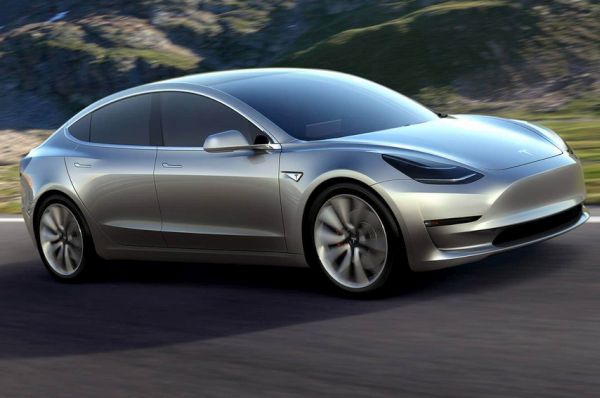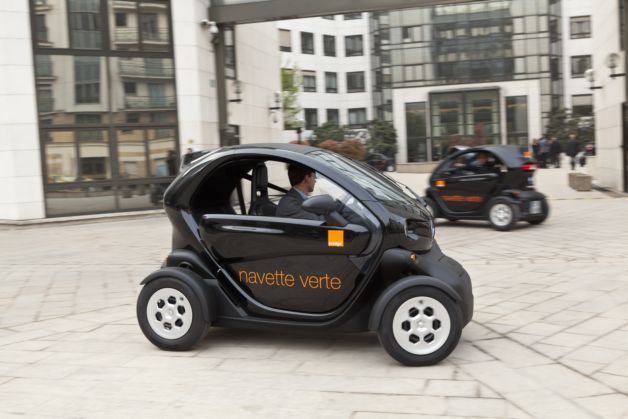Anyone who knows anything about electric cars will have heard the name Tesla. Elon Musk, their CEO, has been plugging the newer and cheaper Tesla 3 for some time now and it has received an unprecedented 325,000 pre-orders, but as any spread betting aficionado will now tell you, their share price is reflecting the public’s wavering in their ability to actually deliver this many cars in such a short time.
The problem of demand
Having been a brand that produced thousands or at the maximum tens of thousands of cars per year, the sheer increase in manpower, production machinery and storage seems insurmountable without creating problems. If they had pre-sold 50,000 of the Tesla Model 3, it would seem an achievable feat, but at their current rate of production, they would not be able to satisfy these pre-orders till next decade! That doesn’t even take into consideration the fact that there will be plenty more buyers who want to get their hands on a Green car for just $35,000!
Finding a solution, the Tesla way

For anyone looking to find answers to the above challenges, there are a couple of options. Some may have dismissed the concerns amidst talk that Tesla is launching its’ ‘Gigafactory’ in 2017, but that is supposedly for customers outside of their electric vehicle retail market and would be hard-pressed to act as a solution for the problem at hand.
Primarily, they could look for new investment but this could play havoc on their stock price and any slip ups could cause an irreversible decline for the company. Even if they managed to produce all the cars needed, would they really be in a position to handle future demand unless they took on a huge initial investment big enough to account for a long-term increase in storage space, manpower and more? Something that sizeable would certainly be unattractive to the existing board.
Secondly, they could look to outsource production parts in an effort to speed up completion of its’ pre-orders or even consider assistance from countries where both labor rate and storage are dramatically cheaper – but then shipping costs and timelines will inevitable reduce the profit margin again and the chances of sharing their secrets with an un-vetted company seem rather unlikely.
Finally, they could scale their production timelines and try to restrict future pre-orders until they have finished their current backlog – but even this would be handing their competitors a chance to gain ground on them.
So as of now, it seems that they need to find answers in order to keep their top eco-performance rating and satisfy all their outstanding orders. But until they do, their share price will still remain volatile and their cynics will still keep speaking out in numbers.
Article Submitted By Community Writer




